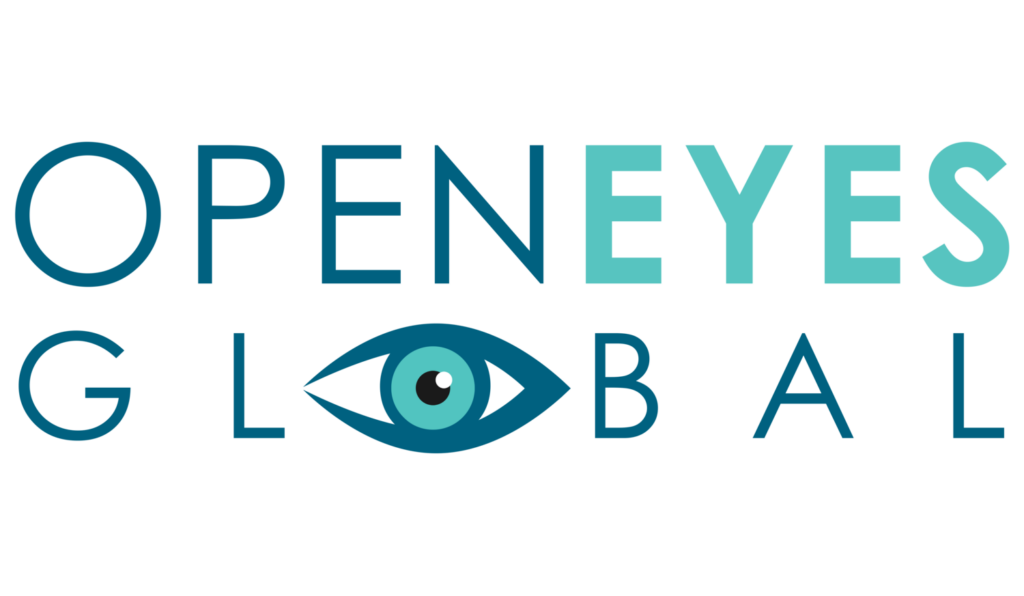Retinoblastoma represents 3% of all childhood cancers, and is the most common intraocular malignancy of childhood in the world in children below 5 years of age. Worldwide prevalence is 1:15000 to 1:20000 live births. Exact prevalence in Nepal is not known but a recent survey done in multiple hospital records suggests that around 50 new cases are detected in Nepal each year. Among them, the Ocular oncology department of Tilganga Institute of Ophthalmology(TIO) sees 35 to 45 new cases per year with around 15 of them having bilateral diseases. The disease is 99% fatal if left untreated. Even with the best of treatment, the mortality rate is about 40% in developing countries and only 5% in developed countries. This discrepancy is largely due to early detection in the developed countries. Early means to catch the disease at the leukocoria stage when the disease is still contained within the eye, so that prompt treatment can save life and eye.
Normally the pupil looks black or red (with retinoscopy or ophthalmoscopy). In leukocoria, the pupil appears white as shown in the picture. It is the earliest sign of Retinoblastoma but can also be seen in congenital cataract or other retinal diseases. Proptosis and fungating mass in the orbit are late presentations of Retinoblastoma, which signifies that the disease has spread beyond the eyeball in the orbit, optic nerve and/or brain and hence it carries higher risk of losing life even with treatment. Hence the importance of detecting the disease at an early stage and spreading awareness about this fact.
Usually, the primary health care workers, vaccine nurses, school nurses or ophthalmic assistants happen to be the first point of contact by the patients seeking any kind of health care. Hence, we decided to provide an awareness program and training on detection of Retinoblastoma with the use of Arclight to them first. Arclight is a simple, handy and useful device which can be used by anyone with little training in ophthalmology. The programme was conducted for primary health care workers of three different districts- Bhaktapur, Thimi and Nijgadh in 2024 and 2025. A total of 96 participants received one Arclight each along with the training to use it to detect leukocoria in children less than 5 years of age, during their clinic time as well as home visits for vaccinations. The program for Retinoblastoma and the Arclights were funded by Open Eyes Nepal jointly, organized by Khopa Tilganga Eye Center and Nijgadh Tilganga Eye Hospital in co-ordination with local municipalities. The training program was conducted by myself along with Dr Bikram Shrestha and Dr Sudip Rajbhandari from Khopa and Dr Sushant Adiga from Nijgadh. The participants took keen interest to learn about Retinoblastoma and the use of Arclight. They are expected to detect leukocoria and refer to Tilganga Institute of Ophthalmology immediately for prompt diagnosis and treatment.


